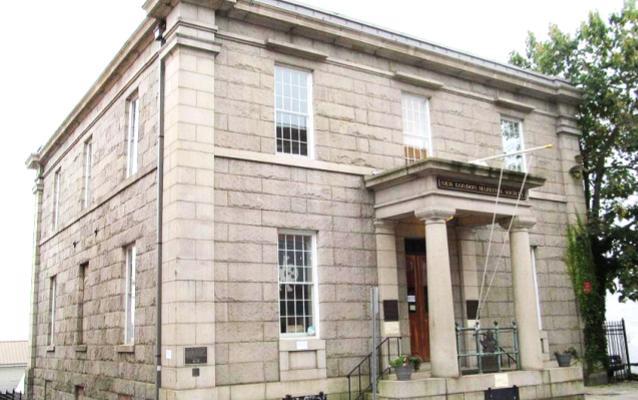Last updated: July 31, 2017
Place
New London Customhouse

U.S. Federal district court judge Andrew T. Judson held an inquiry on board the Washington, and after hearing testimony decided to forward the case to a grand jury at the next session of the U.S. Circuit Court in Hartford, Connecticut. The Mendians were kept aboard the Amistad the next six days. In early September, they were transferred to an unnamed ship and transported to theNew Haven Jail. At that point, the Amistad was moored at the former Lawrence Wharf (later rebuilt and now known as the Amistad Wharf), near the U.S. Customhouse, until it was sold 14 months later. The cargo of the Amistad was auctioned in the Customhouse on October 10, 1840, 14 months after the schooner's arrival.
The New London Customhouse was designed and built under the instructions of America's first Federal architect, Robert Mills, in 1833. Stately and stalwart, this Greek Revival style building fulfilled Andrew Jackson's demand for public buildings of that time to demonstrate democracy, strength, endurance and beauty to match the national spirit, faith and belief that the young Nation, as the United States, would last forever.
As the Amistad trial was a Federal case, and the Customhouse was the Federal building in New London, it may likely have been the scene of more Amistad events than have been recorded. A bronze plaque with the likeness of Cinque is attached to the exterior of the building to memorialize the Amistad Incident and the role New London played as the first step toward freedom on American shores for the Mende-Africans.
This is just one of many places associated with the Amistad event. To learn more about other places, please access the main Visit page of this itinerary.
